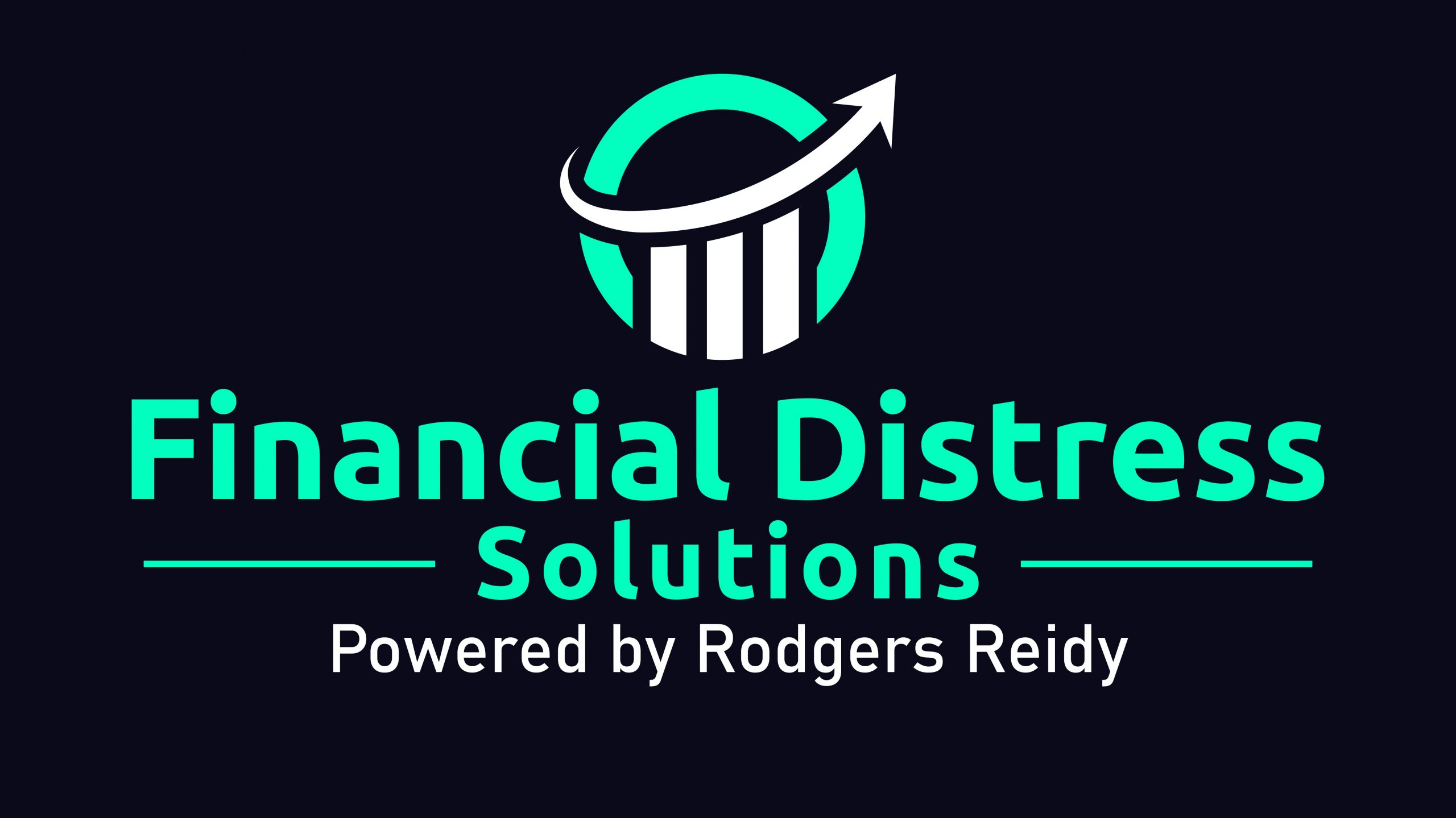Creditors voluntary liquidation (CVL): voluntary winding up of an insolvent Company
Despite its name, a creditors voluntary liquidation (CVL) is initiated by the company’s directors and shareholders, not its creditors.
Why Choose Creditors Voluntary Liquidation?
Directors have a duty to prevent a company from trading whilst insolvent which, if breached, can result in significant personal financial exposure and criminal charges. Creditors Voluntary Liquidation is a commonly chosen procedure to end the life of an insolvent company for several reasons, as it:
1. Enables directors to avoid escalating personal liability for certain debts owed to the ATO;
2. Ensures an independent person oversees the process in a fair and equitable manner free from pressures that might otherwise be felt by the directors;
3. Enables the assets of a company to be distributed equitably among creditors;
4. Reduces the loss to the economy caused by insolvent companies continuing to trade;
5. Enables directors to avoid escalating personal liability for insolvent trading.
How?
Liquidation procedures are governed by the Corporations Act. In broad terms 75% of a company’s shareholders must resolve to wind the company up and to appoint a registered liquidator. The liquidator will then convene a meeting of the company’s creditors within 11 days, at which the creditors may resolve, amongst other things, to replace the incumbent liquidator.
Impact On Creditors
Legal actions against the company are stayed. Once the CVL is initiated, any legal actions against the company are halted and no further actions can be taken unless the CVL is defaulted on. Upon liquidation, creditors are no longer able to pursue their debts through normal means such as instituting legal action. Creditors instead submit their claims to the liquidator, who then assesses each claim and ranks them to establish priority to the funds, if any, available for distribution.
The property available for distribution amongst creditors of a company includes:
1. The company’s own property;
2. Any unpaid calls on shares;
3. Rights of actions for damages;
4. Compensation recoverable by the liquidator from directors for insolvent trading;
5. Certain property improperly disposed of by the company prior to liquidation; and
6. Voidable transactions that can be clawed back by the liquidator, including unfair preferences and uncommercial transactions.
The Liquidator’s Functions and Duties
Liquidation transfers the power of management from the directors to the liquidator. The liquidator’s primary function is to convert the company’s assets to cash and then distribute those funds to the company’s creditors in the priority set out in the Corporations Act. In very broad terms, the order of priority is: secured creditors, employees, and unsecured creditors. Shareholders will only receive a return after all creditors’ claims have been paid in full with interest.
The liquidator has a duty to creditors to act independently and in good faith. During the course of the liquidation, the liquidator must also:
1. Lodge relevant notices and reports with ASIC;
2. Carry out and investigation into the company’s affairs; and
3. Investigate breaches of the Corporations Act.
Other Types Of Liquidations
A solvent company may be wound up voluntarily by a resolution of its shareholders. This is known as a Members’ Voluntary Liquidation. To qualify, the company must be able to pay its debts in full within 12 months after the commencement of the winding up. Financial Distress Solutions registered insolvency practitioners have extensive experience in CVLs and is available to give advice on the whole range of issues relating to personal and corporate restructuring and insolvency and offers a free, no obligation consultation in order to advise you on the options available and their implications in order for you to make an informed decision on you and your client’s future course of action. Contact us on 1300 747 577 or email admin@financialdistresssolutions.com.au

